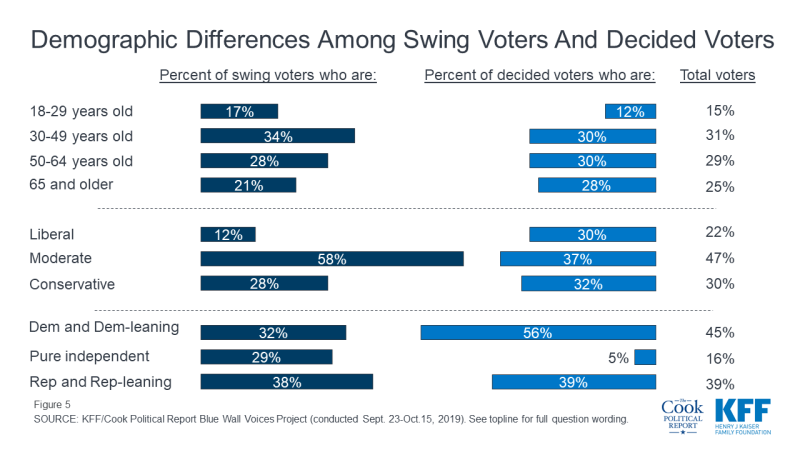Blue Wall Voices Project
The Role of Swing Voters in the Blue Wall
More than half of voters in Michigan, Minnesota, Pennsylvania, and Wisconsin say they have already made up their minds about which candidate they plan to vote for. One-third of voters say they are “definitely going to vote for the Democratic nominee” while one-fifth (22%) say they are “definitely going to vote for President Trump.” The share who say they are “definitely going to vote for President Trump” in these states is slightly lower than the share of voters nationally who reported the same in our national KFF Health Tracking Poll analysis earlier this year. It is important to note that while there are currently a larger share of voters in each state who say they are “definitely going to vote for the Democratic nominee” than “definitely going to vote for President Trump,” it is unclear how this could change once the Democrats choose a nominee and President Trump and other Republicans start attacking a single candidate rather than the entire field of candidates.
This leaves four in ten voters (41%) as the crucial voting block known throughout this report as “swing voters.” This group of voters either say they are “probably going to vote for President Trump” (11%), “probably going to vote for the Democratic nominee” (8%), or say they are “undecided” about how they will vote (23%).
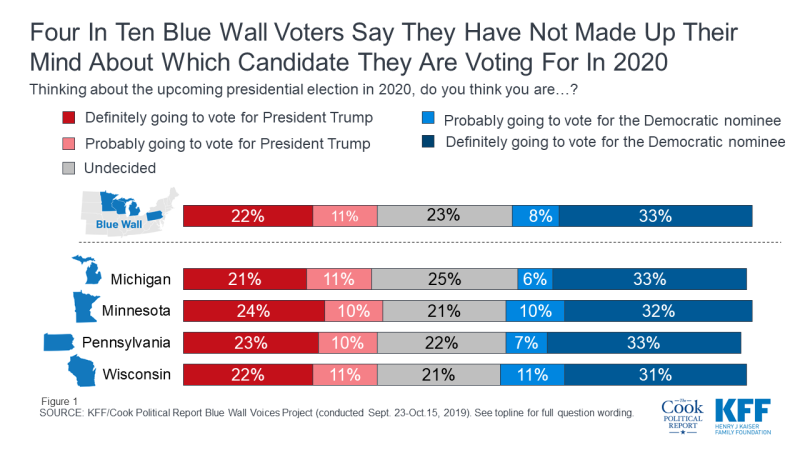
Figure 1: Four In Ten Blue Wall Voters Say They Have Not Made Up Their Mind About Which Candidate They Are Voting For In 2020
There are not significant differences across the states, with similar shares of voters in Michigan (43%), Minnesota (41%), Pennsylvania (39%), and Wisconsin (43%) saying they are either “probably” going to vote for a candidate or are “undecided.”
It is important to note that not all “swing voters” could potentially change their vote to support the other party’s candidate. While nearly half of those who say they are probably going to vote for President Trump say there is “a chance” they will vote for the Democratic nominee (4% of all voters), on the other side of the ballot almost none of those who say they are probably going to vote for the Democratic nominee say that there is “a chance” they will vote for President Trump (less than 1%).
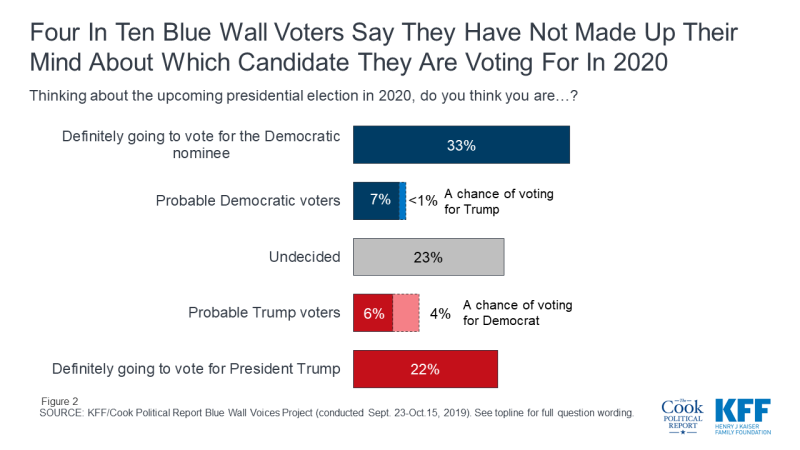
Figure 2: Four In Ten Blue Wall Voters Say They Have Not Made Up Their Mind About Which Candidate They Are Voting For In 2020
This is similar to what we found in our national analysis earlier this year, with few voters who say they are probably going to vote for either President Trump or the Democratic nominee saying there is “a chance” they will vote for the other party’s candidate. This is also similar across the four states included in this analysis with few voters saying there is “a chance” they would vote for the other party’s candidate.
A majority of Democratic voters and Republican voters in each state say they aren’t going to cast a vote for the other party’s candidate. About seven in ten (72%) Democratic and Democratic-leaning independent voters in Michigan say they are definitely going to vote for the Democratic nominee as do two-thirds of Democratic voters in Minnesota (68%), Wisconsin (66%), and Pennsylvania (65%).
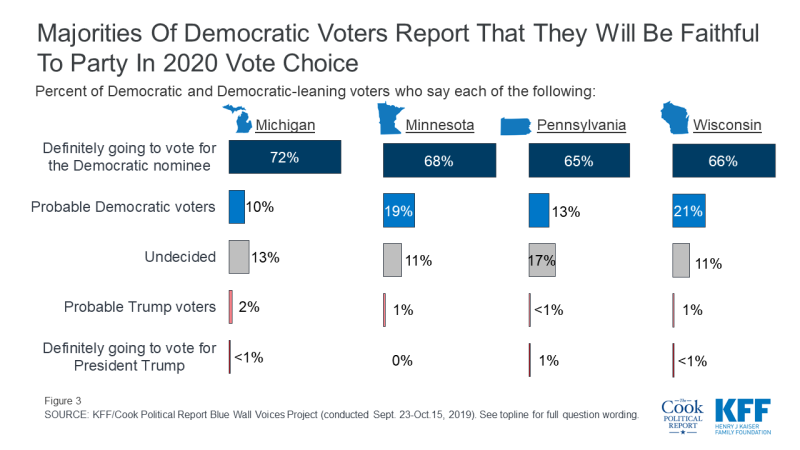
Figure 3: Majorities Of Democratic Voters Report That They Will Be Faithful To Party In 2020 Vote Choice
A smaller share, but still a majority, of Republican and Republican-leaning independent voters say they are definitely going to vote for President Trump (58% in Minnesota, 53% in Wisconsin and Pennsylvania, and 52% in Michigan). Nearly twice as many Republican and Republican-leaning voters in Michigan and Wisconsin are undecided about their 2020 presidential vote choice as the Democratic counterparts in the states.1
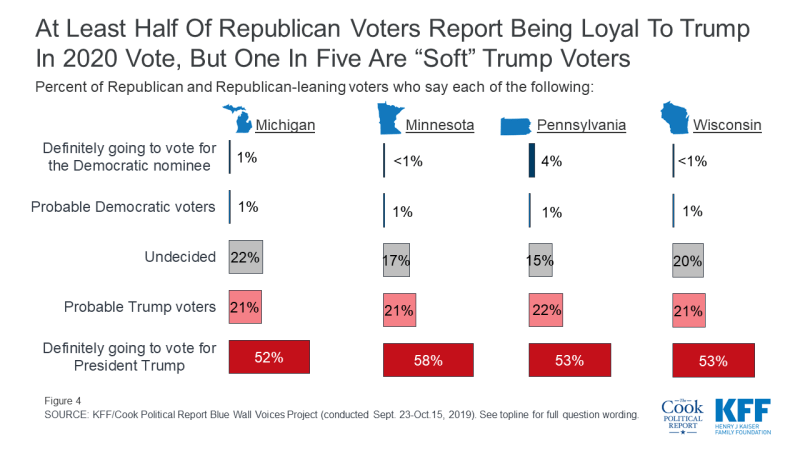
Figure 4: At Least Half Of Republican Voters Report Being Loyal To Trump In 2020 Vote, But One In Five Are “Soft” Trump Voters
On most demographics, swing voters look very similar to their counterparts (voters who say they have already decided who they are going to vote for in the 2020 election), but they differ on three key variables: age, party identification, and ideology. Swing voters generally are more likely to say they are moderate in terms of their ideology (58%) and a larger share identify as political independents (29%) than their decided counterparts (5%). In addition, swing voters are slightly younger as a whole with about half (51%) under the age of 50 compared to 42% of decided voters.

